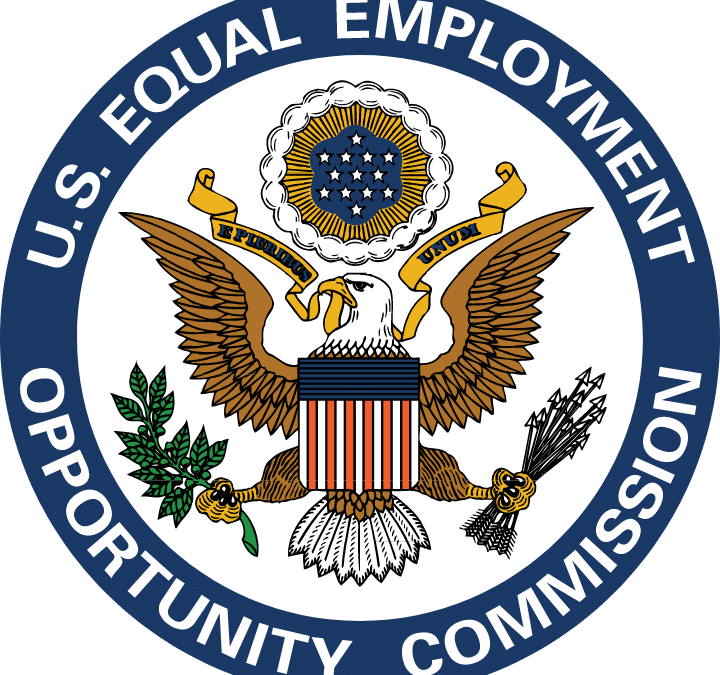
Last week, the EEOC released an incredibly unsurprising document: Select Issues: Assessing Adverse Impact in Software, Algorithms, and Artificial Intelligence Used in Employment Selection Procedures Under Title VII of the Civil Rights Act of 1964
This document re-confirms what EEOC (and yours truly here at Proceptual) have been saying for months — longstanding anti-discrimination regulations still apply to AI tools.
We spend a lot of time here talking about emerging regulation of AI like Local Law 144 in NYC. However, the fact remains that the use of tools that show disparate impact, whether powered by AI or not, create a substantial liability risk.
Specifically, a few take-aways from the document:
Yes, Employers Are Responsible For Harms Caused By AI Tools
EEOC has been crystal clear on this point since 2022 — employers cannot simply “blame the algorithm” or, when the tool comes from an external vendor, the vendor.
Additionally, HR and legal should both be reading their vendor agreements carefully, as many vendors are trying to include indemnification language in their agreements — protecting the vendor, and placing the risk squarely on the employer.
What To Do If Disparate Impact Is Found
It’s 100% inevitable that disparate impact is going to be found in some substantial number of hiring tools. The key question will be what employers should do about it. Quoting at length from the EEOC release:
Therefore, employers that are deciding whether to rely on a software vendor to develop or administer an algorithmic decision-making tool may want to ask the vendor, at a minimum, whether steps have been taken to evaluate whether use of the tool causes a substantially lower selection rate for individuals with a characteristic protected by Title VII. If the vendor states that the tool should be expected to result in a substantially lower selection rate for individuals of a particular race, color, religion, sex, or national origin, then the employer should consider whether use of the tool is job related and consistent with business necessity and whether there are alternatives that may meet the employer’s needs and have less of a disparate impact.
Of course, the challenge to employers will be having the data to understand whether or not there is a “substantially lower selection rate,” especially for tools under development or recently put into use.
As HR leaders work to understand the emerging landscape of AI, EEOC has given all of us a harsh reminder that we should be checking carefully for discrimination in new tools just like in our existing toolbox.
Proceptual provides compliance solutions for emerging regulation of automated and AI-driven tools in HR.

